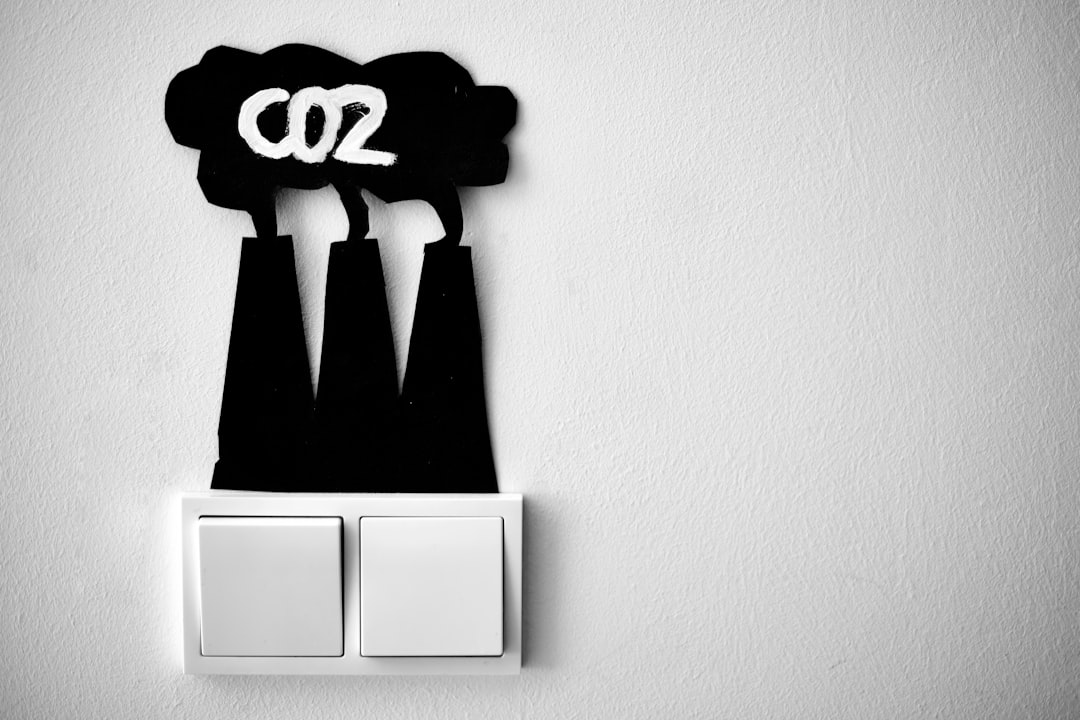What is it about?
This article provides an excellent information about the extraction and characterization of acid and pepsin soluble collagen and their future applications in food industries
Featured Image
Why is it important?
ASC and PSC were successfully extracted from the skin of major freshwater carp fish (catla and rohu) cultured in India with comparatively better yields and high quality. These ASC and PSC were characterized as type I collagen with well maintained triple helical structure. ASC and PSC showed similar surface morphology, thermal stability and other biochemical properties. ASC and PSC were exhibited better fibril-forming ability with distinct fibril structure. Thus, collagen skin of catla and rohu could serve as realistic alternative sources of collagen for the potential uses in food, cosmetic and beverage industries as well as in tissue engineering. Results of the study also suggested that the skin of Indian carps (catla and rohu) could be processed together to prepare type I collagen. Overall, the results indicated the feasibility of using the carp skin as a good alternative source of realistic high-quality collagen.
Read the Original
This page is a summary of: Comparative study on characteristics and in vitro fibril formation ability of acid and pepsin soluble collagen from the skin of catla (Catla catla) and rohu (Labeo rohita), Food Research International, October 2015, Elsevier,
DOI: 10.1016/j.foodres.2015.07.018.
You can read the full text:
Contributors
The following have contributed to this page










